Document Neupfarrplatz
From Ancient Rome to WWII, Neupfarrplatz has over 2,000 years of history underneath its main square.
Nearly 2,000 years of history is buried beneath Neupfarrplatz Square. Under the German plaza, archaeologists have found evidence of the existence of a Roman fort built by Emperor Marcus Aurelius, a Jewish ghetto, and a synagogue. The space was also supposedly used as a World War II air raid bunker.
In 1995, the city of Regensburg ordered a dig to install electrical outlets for their annual Christmas Market. When the remains of the basement of Castra Regina, a military fort built during the reign of Marcus Aurelius in 179, were uncovered, the simple construction turned into a prolonged archaeological dig.
During the Middle Ages, a Jewish ghetto was built over the destroyed Castra Regina and the Roman Church was turned into a Jewish synagogue. In 1519 the Jews were expelled from their quarters due to economic turmoil. A worker miraculously survived a fall during the demolition of the synagogue, and a new church promptly took its place in honor of the miracle. The church became a pilgrimage site, and later turned Protestant during the Reformation.
Artifacts from Castra Regina and the Jewish Quarter were found during the excavation, including 684 gold coins from the Roman era. World War II artifacts were also discovered, leading archaeologists to believe that the square was also the site of an air raid bunker, complete with an air raid siren. After the historical underground areas were explored and stripped of all intriguing artifacts, they were carefully sealed, for lack of better use. The findings of the excavations are exhibited in a museum called Document Neupfarrplatz. Visitors can tour the only unsealed ancient cellar, and examine the ruins.
Community Contributors
Added by
Plan Your Trip
The Atlas Obscura Podcast is Back!



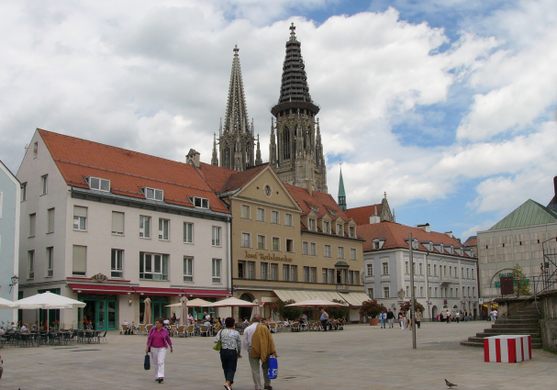
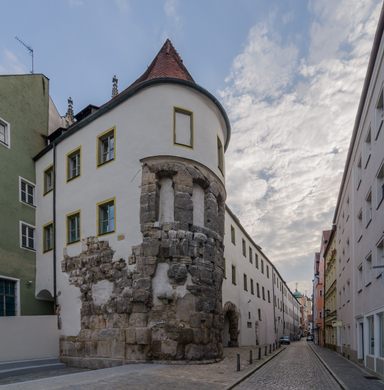
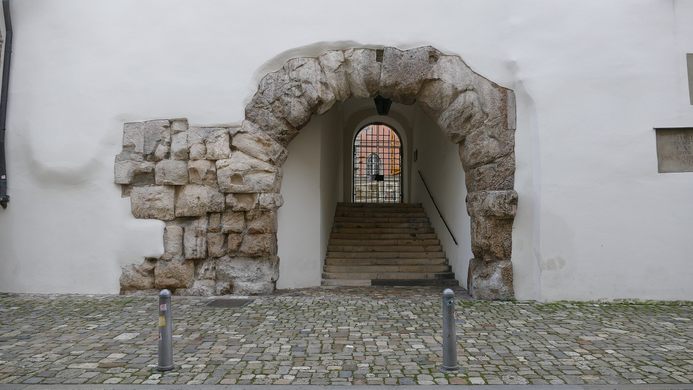

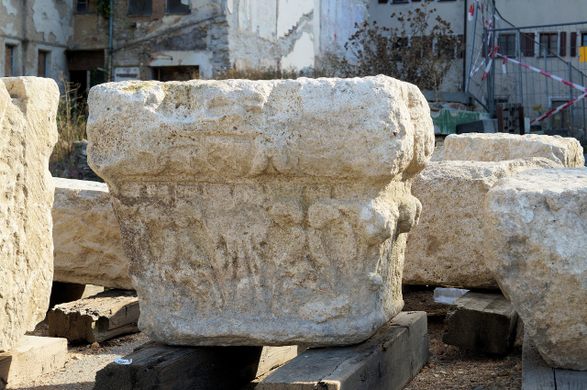


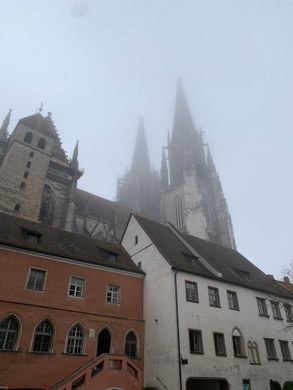












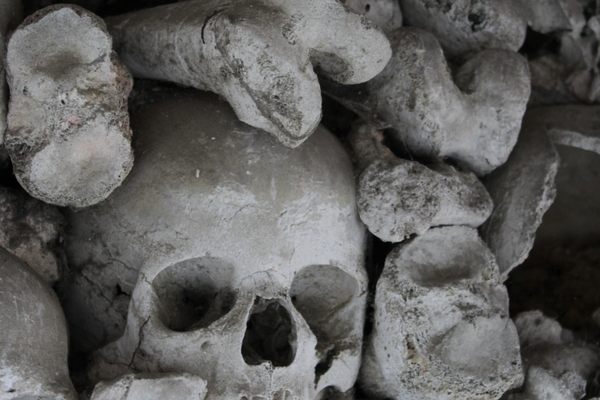





Follow us on Twitter to get the latest on the world's hidden wonders.
Like us on Facebook to get the latest on the world's hidden wonders.
Follow us on Twitter Like us on Facebook